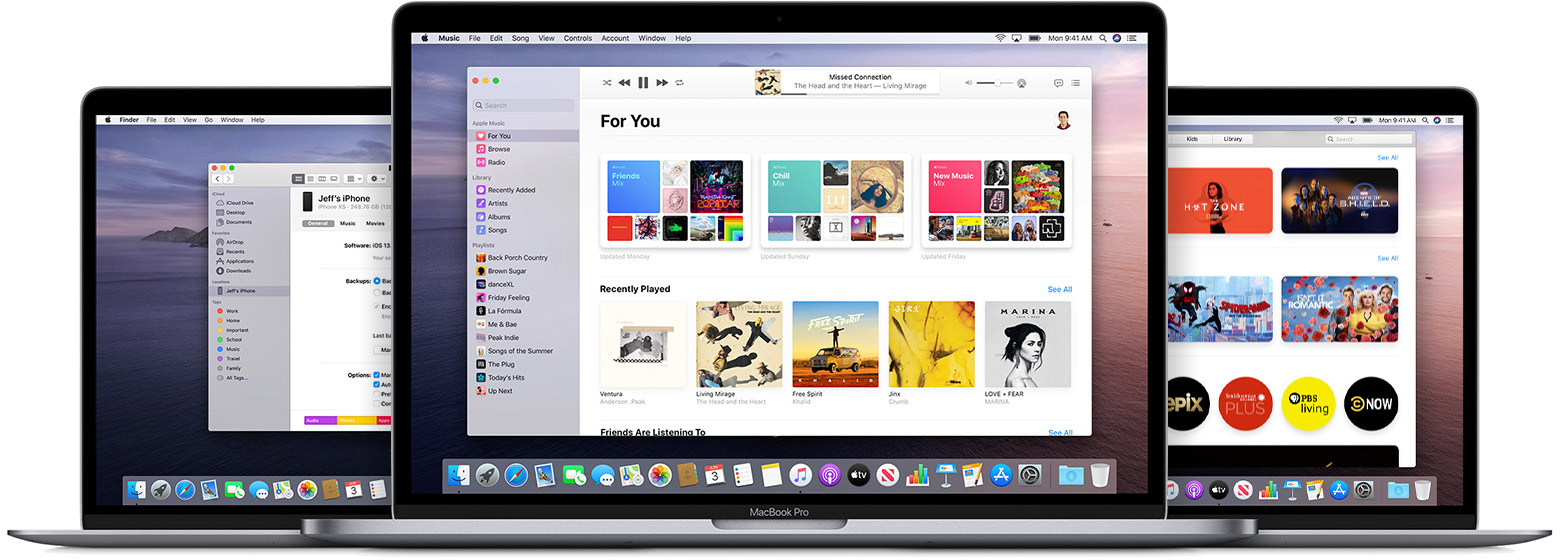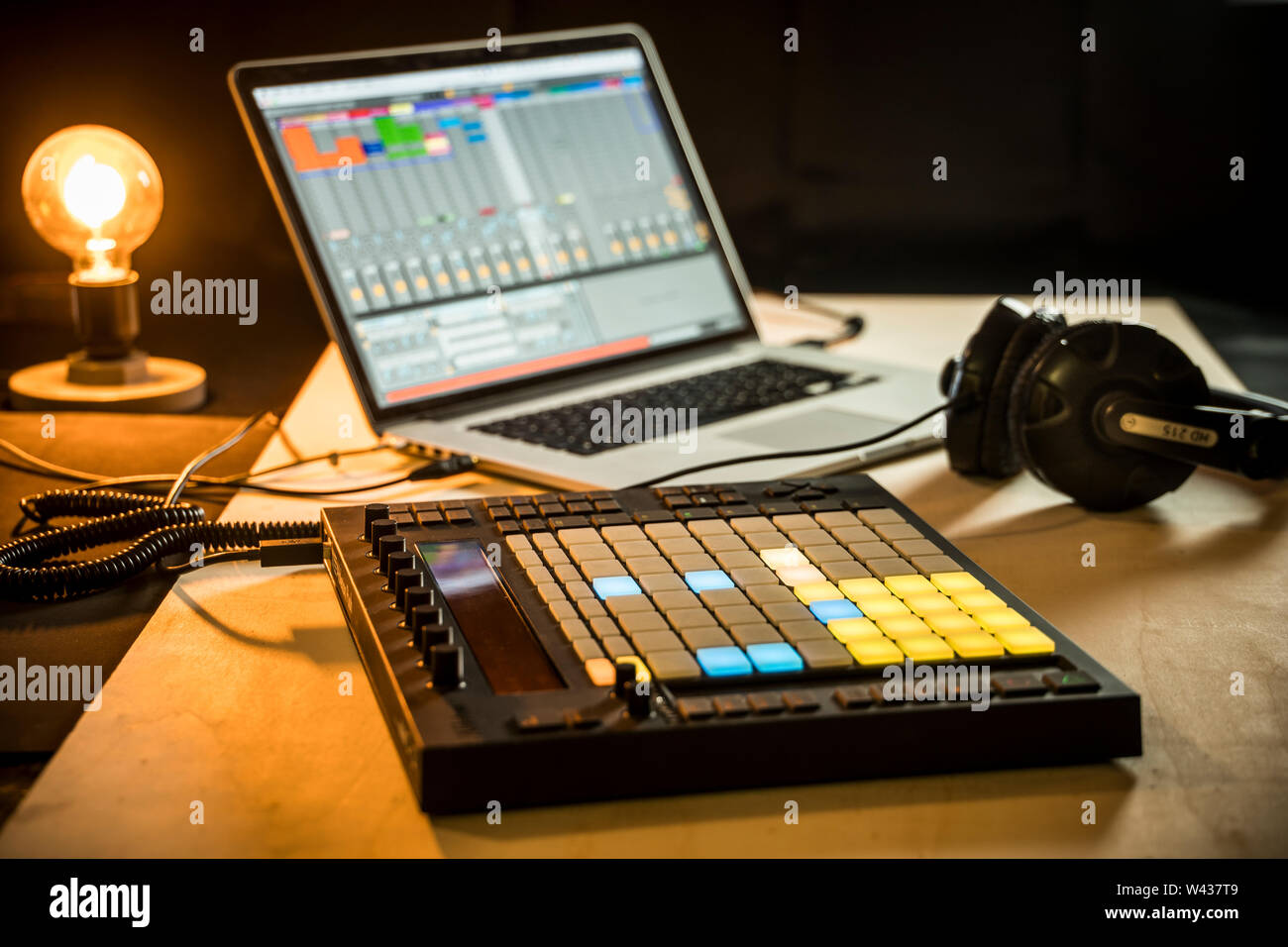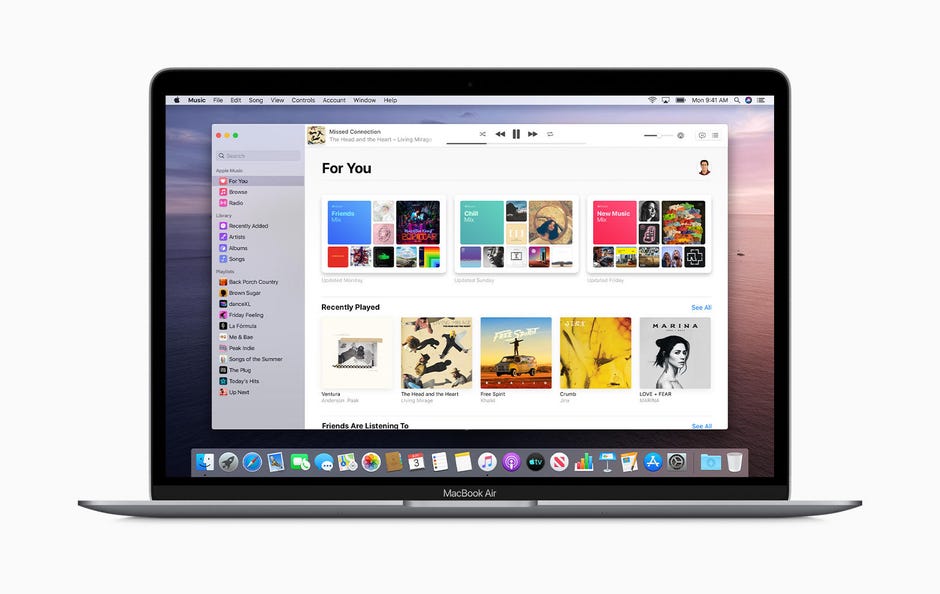What is the best Mac for music production?
Music production requires high-quality equipment, including a high-quality computer that can handle modern, high-power recording and production software. Fortunately, most music production software is compatible with Mac computers.
Listen to music on the road with a variety of listening options from Alexa dashboard integration, to Alexa built-in devices. Explore Amazon Music on-the-go. Stream Amazon Music on your favorite Home Entertainment devices, including brands like Bose, Sonos, Roku, Xfinity and more. Using macintosh software and hardware to make music: Daily news, large forums, software downloads, 8000+ reviewed sites, classifieds, freeware, software updates, videos. MacMusic.org is made by and for musicians, producers, sound enginneers, protools users. And anybody using audio or midi on mac. #1 Music player for Mac OS and iOS with Unlimited Music Cloud Storage. Supports all popular audio formats like MP3, FLAC, AAC, WAV & more!
The best Mac for audio production overall might be the Mac Pro, simply because it has the most powerful processor, but, in the end, it all depends on the music producer’s needs. People in this business need a reliable computer with plenty of memory and storage. Doing a little research before purchasing ensures the user gets a laptop to fit their specific needs.
There are a variety of services through which you can listen to music for free such as Pandora, Spotify, IHeartRadio, Rdo, Sticher, and others. In addition, Amazon Prime Membership comes with access to Amazon's music library. All of these can be a.
Lightweight Mac computers for everyday use
Some music careers require portability, and MacBooks are the perfect match in this case, though they are less powerful than desktop computers. DJs and events coordinators may find MacBooks ideal since they are lightweight and easy to carry around.
MacBook Pro
The MacBook Pro boasts a powerful processor for a laptop, giving it the ability to power bigger programs reliably. Users can lay multiple tracks fast and run large programs without losing speed. This MacBook comes with:
- 4-, 9-, or 8-core Intel processors;
- up to 32GB of memory;
- Retina display with True Tone technology;
- Touch Bar and Touch ID for more productivity.
The Touch Bar sits at the top of the keyboard and automatically adapts to whatever program is running. This means that the user will have more control over audio production apps, like Logic Pro X, and it could eliminate the need for a wireless mouse. With the Touch Bar, music producers can jump to a location, fine-tune sounds, and turn the Touch Bar into an instrument they need.
The MacBook Pro also comes in two sizes — a 13-inch and a 15-inch — and starts at $1,299. Both sizes come with solid-state drives (SSDs) for secure storage while traveling — something that will come in handy for music producers on-the-go.
MacBook Air
Being the lightest MacBook, this laptop is a great portable device to have. It weighs 2.75 pounds and is made from 100% recycled aluminum, making it eco-friendly. The MacBook Air starts at $1,099 and features:
- high-resolution Retina display with True Tone technology;
- Touch ID;
- up to 16GB of memory;
- an eighth-generation Intel Core i5 processor.
Though it is one of the lightest laptops you can get, the MacBook Air lacks screen space and may not be powerful enough for the music programs needed. It comes with 1TB of SSD storage, which allows for fast app launches and plenty of room for documents and pictures, but might not be enough for music programs and associated files.
But, even the most powerful laptops may get slower over time. We recommend using optimization software, like CleanMyMac X, to easily manage massive files and data on your machine and increase its performance. It will clear up old, unused files, hidden/background apps, and other memory-hogs that can also help preserve peak performance over any Mac's life.
Powerful laptops for an amazing performance
High-end audio work requires a high-powered central processing unit (CPU). CPUs do a lot of the “heavy lifting” on a computer, as its main job is to execute programs. In correlation, the bigger the processor, the better the music programs will run.

iMac Pro
The iMac Pro is an all-in-one and starts at $4,999. It also provides a variety of ports to connect any equipment needed, like microphones, extra monitors, and USB instruments. The iMac Pro comes with:
- 8-,10-, 14-, or 18-core processor;
- Radeon Pro Vega graphics;
- up to 256GB of memory;
- 4TB of SSD.
With a 27-inch screen, a music producer can open several programs without having to flip between screens. Plus, with 4TB of all-flash storage, multiple music projects can be saved and loaded without the worry of the computer slowing down.

Youtube Music Macbook
In case you have some issues with memory due to the excessive amount of apps, you could use CleanMyMac X’s Uninstaller module. It will remove unused apps from your Mac and delete leftovers that are usually hidden in your machine’s memory. Here’s how to use the Uninstaller module:
- Download CleanMyMac X for free here.
- Launch the app and select Uninstaller.
- Check the boxes next to apps you want to remove and click Uninstall.
- After CleanMyMac X removed the apps, check the Leftovers tab to delete the remaining data.
CleanMyMac will then get rid of unnecessary apps and their data.
But, what if you cleaning your Mac doesn’t make it more powerful? Then our next option will be great for you.
Mac Pro
The Mac Pro is available with a 28-core processor, which means it’s the most powerful Mac to date. This Mac is made for professionals who need the best CPU performance. Music producers can play hundreds of virtual instruments with this Mac and store tons of files without the risk of running out. It also features:
- up to 1.5TB of memory;
- 360-degree access to customize and expand;
- Apple Afterburner which allows the user to work with 4K and 8K files;
- Mac Pro Expansion Model, which allows for high-performance graphics.
Mac Pro For Music Production
The Mac Pro also comes with an additional 4TB of SSD storage, so music producers can save and download multiple files in any size. It has various ports to plug into to connect any equipment needed. This is useful for those who are studio recording or mixing and mastering.
Affordable Macbooks for all-purpose use
Price can be a factor in decision making like this. However, music producers shouldn’t let price stand in the way of performance. Mac has affordable options for people in this line of work.
iMac
The original iMac is an all-in-one that has an updated processor that allows for speed and high performance. It comes in two screen sizes, with a 21.5-inch and 27-inch screen. This computer’s processor boasts speeds of up to 5.0GHz, which means running applications like Logic X Pro will be effortless. The iMac also features:
- up to 5K retina display;
- up to 3TB of Fusion Drive;
- multiple USB ports.
For those looking for a big screen and an affordable price, the iMac could likely be the best of both worlds, starting at $1,799.
Mac Mini
The Mac Mini is powerful, fast, and relatively inexpensive compared to the MacBooks and iMacs. At $799, the Mini comes with new eighth-generation 6- and quad-core processors and up to 64GB of memory. It also has the same connectivity as an iMac so that music producers can hook up multiple instruments and microphones. Other features include:
- up to 2TB SSD storage;
- four Thunderbolt 3 ports;
- up to 4.6GHz Turbo Boost.
With the added SSD storage, music producers are able to save, download, and upload multiple large files, like a live concert sound engine.
In general, it’s important to look at memory and storage when considering an ideal computer since music producers will handle numerous amount of large files that need to be accessed quickly. Though music producers might think they need a computer with a powerful processor, the best type of computer really depends on the user’s needs. Whether you are a DJ traveling to gigs or a sound technician with a studio, Macs are a reliable choice for your future career.
MusicKit lets users play Apple Music and their local music library from your app or website. When users provide permission to access their Apple Music account, they can use your app or website to create playlists, add songs to their library, and play any of the millions of songs in the Apple Music catalog. If your app detects that the user is not yet an Apple Music member, you can offer a trial from within your app.
Apple Music API
Use the Apple Music API to retrieve information about albums, songs, artists, playlists, music videos, Apple Music stations, ratings, charts, recommendations, and the user’s most recently played content. With proper authorization from the user, you can also create or modify playlists and apply ratings to the user’s content. The API can be used with iOS apps, Android apps, and websites.
Get started. To communicate with the Apple Music service, you’ll need to create a MusicKit identifier and private key to sign your developer tokens using Certificates, Identifiers & Profiles in your Apple Developer Program account.
Request Music Data with the Apple Music API. Let your app search for songs, playlists, artists, and more. Your app can even request music we think your users will love.

iOS Apps
Get details on how to build iOS apps that integrate Apple Music using the Apple Music API, as well as the StoreKit and MediaPlayer frameworks.
Authorize Apple Music with StoreKit. Check if a user has an Apple Music membership to automatically play music, or let them start a trial membership directly within your app.
Control Playback with MediaPlayer. Play any song from Apple Music and access a user’s music library, with their permission.
Android Apps
MusicKit for Android lets you build native Apple Music features into your Android app. Libraries are available to let users sign in to their Apple Music account and play music directly from your app.
Authentication for Apple Music. The Authentication library provides a way to get access tokens to play music or make calls to the MusicKit Web APIs. This library prompts the user to sign in to Apple Music and, if Apple Music isn’t installed on the device, helps the user download it before returning to your app.
Media Playback for Apple Music. The Media Playback library can be used to play songs, albums, and playlists on Apple Music without leaving your app. Your app can also control music playback from the lock screen or the background.
Websites
Music Macbook Not Playing
Songs from Apple Music can play directly in the browser. With the Apple Music player, users can stream songs from Apple Music in your website using the default player or one you’ve customized. Add an Apple Music player to your website using JavaScript.
